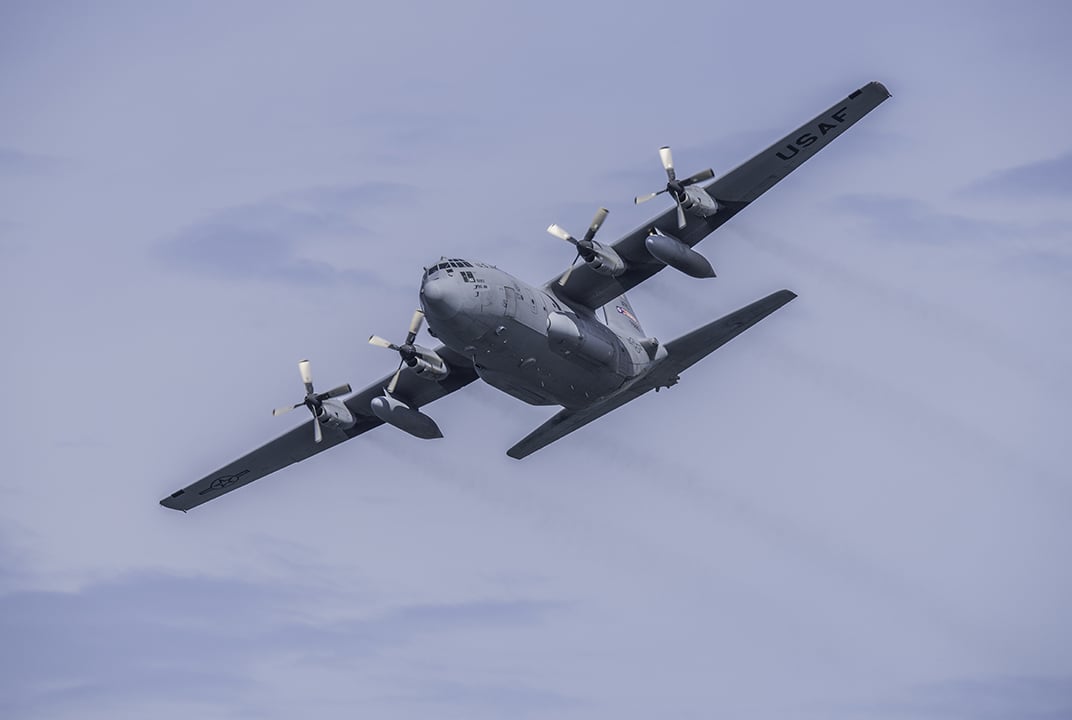Insight | New Frontiers: NASA partnership
New Frontiers: NASA partnership
null
Inmarsat Government's Senior Vice President of Direct Sales and Business Development, Britt Lewis, examines how our new NASA partnership validates decades of Inmarsat Government’s customer-focused service and innovation.
In an effort to continue to strengthen the United States’ global leadership in space and aeronautics, the National Aeronautics and Space Administration (NASA) is leading the way with innovative work and through the advancement of transformational space technologies.
NASA is investing in critical technologies that will increase reliable communications capabilities and transform NASA mission technology. This effort envisions systematically migrating near-Earth missions from communications and navigation services provided by government-owned networks like TDRSS (Tracking and Data Relay Satellite Systems) to commercial networks. Engagements with the satellite communications industry are intended to provide suitable data relay services in near-Earth orbits that are globally competitive and stimulate the development of new commercial space markets. NASA sees next generation space-based communications networks as mission-essential services for future human and robotic missions and in recognition of the tremendous advances in commercial space intends to leverage heavily in commercial services to meet the mission requirements.
Inmarsat Government recently announced its new partnership with NASA on its Communications Services Project (CSP), which stands as validation of this approach towards more broadly leveraging commercial capabilities for mission critical requirements. Under the Funded Space Act Agreement (FSAA), we will collaborate with NASA to develop and demonstrate the feasibility of providing commercial SATCOM capabilities as a service for future launch and spacecraft commands for users in near-Earth orbit.
Together we will demonstrate a variety of space-based applications, enabled by Inmarsat’s ELERA worldwide L-band network, which will include capabilities for Launch Support, Launch and Early Operations Phase (LEOP), Low Data Rate Routine Missions and Contingency Mission Operations communications.
For Launch Support, our InRange capability provides rapid, responsive and cost-effective launch support from space, removing the need to construct and maintain costly distributed ground-based telemetry infrastructure. InRange alleviates the requirement for a large network of downrange ground stations to maintain telemetry coverage and significantly reduces the “black-out” phases that exist with terrestrial coverage of launches when switching between ground stations.
For Space Relay, our InCommand solution will deliver a highly efficient, cost-effective and time-critical space-based solution for any Low Earth Orbit (LEO) satellite by removing the dependency on costly distributed ground infrastructure. It is designed to provide near real-time 24/7 connection to Inmarsat geostationary (GEO) satellite and ground infrastructure supporting command and control and telemetry of LEO spacecraft in space relay for rapid tasking, as an example. With Earth Observation satellites, rapid tasking increases the value of time sensitive earth observation images to end-users (or Principal Investigators) with shorter latency from order to delivery of images and download of “quick-look” image samples that increases imaging yield.
Our CSP offer includes the development of smaller form factor Software Defined Radios (SDRs) and antennas as lower size, weight and power (SWaP) options, combined with our ELERA infrastructure providing a new dynamic lease capability to enable allocation of L-band bandwidth and provide flexibility in the provision of quality-of-service parameters such as coverage and revisit time. New SDRs will be waveform and protocol agnostic, where we will adopt industry standards to align with customer interfaces and requirements. The ELERA dynamic lease capability is an “always-on,” real-time, on-demand connectivity service where connection frequencies are managed automatically by the ELERA network, allowing fleets of LEO satellites to use the service simultaneously.
We view the CSP as another opportunity to establish a mutually beneficial partnership that enables public-private collaboration. This will lead to the development of new models that NASA can use to acquire commercial SATCOM (COMSATCOM) for meeting its future needs, along with the needs of other potential service users.
As always, we will support the partnership with the following, time-tested Inmarsat Government values and attributes that have benefited U.S. government agencies for decades:
Customer-first commitment. Our federal customers’ needs act as our North Star. We create meaningful advantages through our insights and expertise. We continuously invest in maintaining and building our knowledge of agencies’ business environment and requirements, along with trend analysis, engagement programs, close integration and knowledge sharing with our expert partners. We embed this customer-focused thinking into all our solutions and services.
Industry-leading innovation. Our steady investment in development anticipates customer needs and matches solutions to them. We position partners such as NASA to succeed through our continual enhancements and innovations in satellite and ground networks, capabilities and services for seamless, global mobile connectivity. This allows users to achieve their missions without upfront capital expenditures and full life cycle costs, while still taking advantage of the technological advances of our world-class services.
An eye toward tomorrow. We are always looking to the future to best inform the work we are doing today. As envisioned in our ORCHESTRA program, new commercial LEO and MEO constellations offer opportunities to combine assets operating in differing orbits. We pursue advancements in software-defined radios, antennas and the dynamic allocation of capacity to improve radio-relay communications and efficiencies in the provision of near-space communications architectures. We are exploring optical airborne and inter-satellite links that could benefit near-space communications for earth orbiting, as well as human and robotic space missions.
At Inmarsat Government, we look forward to the partnership and are confident that our customer-first commitment, innovation and forward-thinking perspectives will help NASA meet – and exceed – current requirements with enhanced capabilities, efficiency, flexibility, reliability and resiliency. We sincerely believe that the federal mission is our mission, and we will together work closely to achieve a sure path to new achievements and lasting success. If you would like to discuss how such a partnership can benefit your agency, then please contact us.


